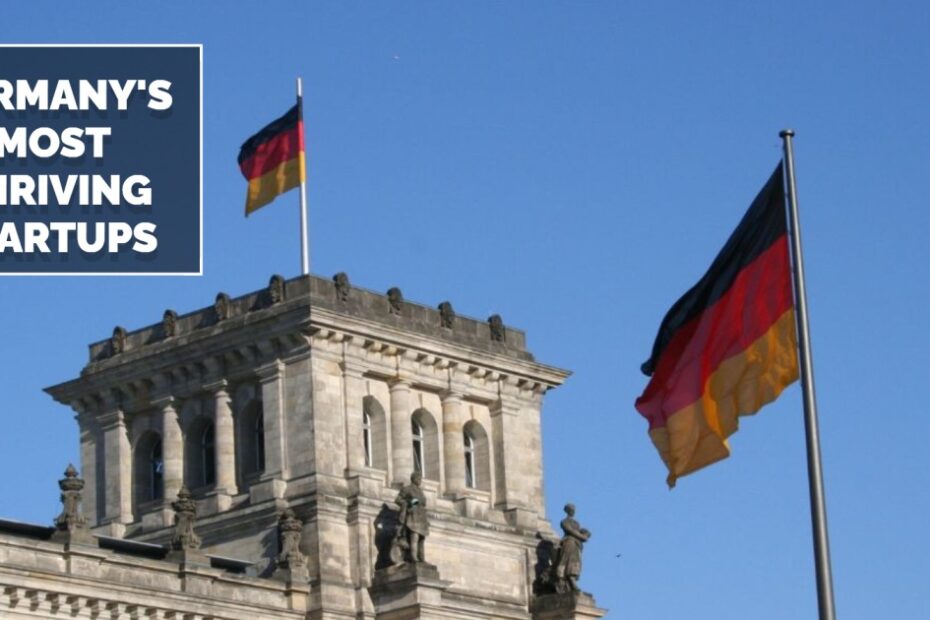Deutschland Dynamos: Unveiling the Secrets of successful startups in Germany
Germany, the powerhouse of Europe, is not just renowned for its engineering prowess and historical landmarks. It’s also rapidly becoming a breeding ground for successful startups that are disrupting industries and making waves on the… Deutschland Dynamos: Unveiling the Secrets of successful startups in Germany









